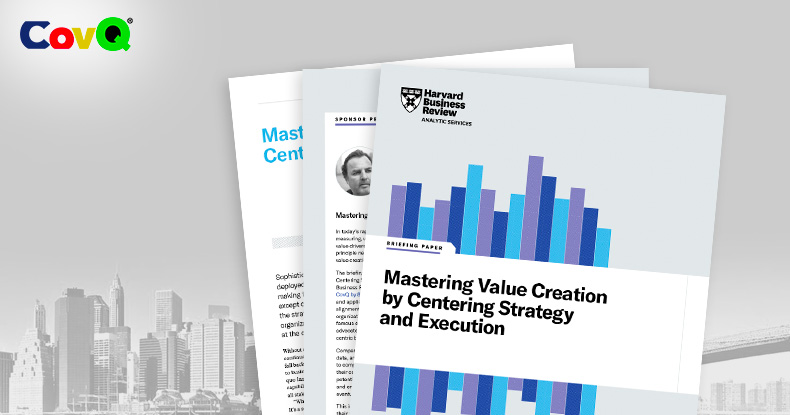Reducing Anti-Vaccination Sentiment
The term ‘vaccine’ originates from the Latin word ‘vacca’ – or cow. In the 18th century, British physician Edward Jenner observed that dairy farmers who got cowpox did not contract the lethal smallpox disease. Jenner then used a small dose of cowpox to inoculate a young boy, and exposed him to the smallpox virus. He did not contract the disease.
However, vaccine development goes further back in time. As early as 400 BCE, Hippocrates had written about conditions such as mumps and diptheria, and how it could be avoided. Later, in 1100 CE, the Chinese described using a vaccine for smallpox.
Vaccines Have Eradicated Diseases
Thanks to the vaccine, smallpox was eradicated in 1980. The World Health Organization said “This remains among the most notable and profound public health successes in history.” The last known case of smallpox occurred in Somalia, in 1977. Meanwhile, several other diseases or conditions have been avoided on account of vaccines.
Despite the healthcare benefits that vaccines have brought about, many people in the US are resisting the COVID-19 vaccine. While some are guided by their own logic, others have been influenced by high-profile antagonists. Science and wide-scale global data analyses suggest, but do not prove, that vaccination better protects everyone. How can that message be made more understandable to the anti-vaxxers? In an extreme case, what might happen as all people in all nations cannot be vaccinated?
Horasis is organizing the Horasis USA Meeting on 04 March 2022 to examine and evaluate such issues. The one-day virtual event will see participation from a diverse range of people, spanning members of governments, businesses, academia, and the media. The goal is to deliberate on pressing issues that undermine progress and arrive at actionable solutions that can ensure shared prosperity.
Why the Anti-Vaccination Sentiment?
The resistance to vaccination by a large share of US residents is not a new development. A 2004 National Library of Medicine report highlighted that anti-vaccination sentiments were on the increase even then. This was largely on account of a ‘suspected’ link between vaccination and the development of autism. The anti-vaccine mindset was strengthened by numerous websites that published content deriding vaccines, and shared ‘disturbing’ information.
A direct consequence of such information was an increase in the number of parents who sought legal recourse to prevent their children from being inoculated. If one is to take a step back and examine the scenario, these concerned individuals were less fearful of the fatal diseases that their children could contract. Compounding to people’s fear over vaccines were also religious factors, philosophical beliefs, a sense of exercising their individualism, and their right to freedom.
Interestingly, the report also mentions that certain US schools even offered financial incentives to students who chose to forego vaccines. But it was alarming for healthcare professionals since this viewpoint was also endangering students who were vaccinated. Vaccine manufacturers, meanwhile, have also had to bear the brunt of lawsuits. Such costs are ultimately borne by the consumer, or by taxpayers where healthcare is publicly funded.
Reaching Out to Antivaxxers
The US registered a massive death toll at the pandemic’s peak. Following the outbreak in early 2020, there was a wave of misinformation in the public domain that COVID-19 was a minor ailment, much like the common flu. Usage of personal protective equipment, such as face masks, was ridiculed by many. Rather, it was encouraged that people go about their lives without paying much heed to a condition that was responsible for thousands of premature deaths globally.
An attempt to overturn the anti-vaccination sentiment is a massive uphill task. To be able to make this demographic see reason in how they are endangering their lives, and that of others as well, is going to need continuous reiteration. While innovative public communication will be necessary, the underlying goal will have to be to make it repetitive.
The current US administration has continuously highlighted measures of how COVID-19 can be contained. Both the president and the vice-president advocated the usage of face masks until one was fully vaccinated. With the detection of the new Omicron variant, mask usage is once again being emphasized.
A Possible Worst-Case Scenario
With the rolling out of COVID-19 vaccines, earlier in 2021, most governments encouraged their citizens to opt in for vaccination drives. However, while several governments offered free vaccines, many in lower income countries have not been able to do so. This implies large populations, who cannot afford the vaccine, will still be vulnerable to the virus. And if they remain unvaccinated, the likelihood of COVID-19 becoming a ‘thing of the past’ is that much more unlikely.
To put it into perspective, it took over 150 years after the development of the smallpox vaccine to rid the world of the deadly disease. At the time, anti-vaccination sentiments also ran high. In a worst-case scenario, we are possibly looking at a timeframe, well beyond our lifetimes, to rid the world of COVID-19.
Photo Caption: An anti-vaccine protest in New York. A large share of US residents are resisting the COVID-19 vaccine.



